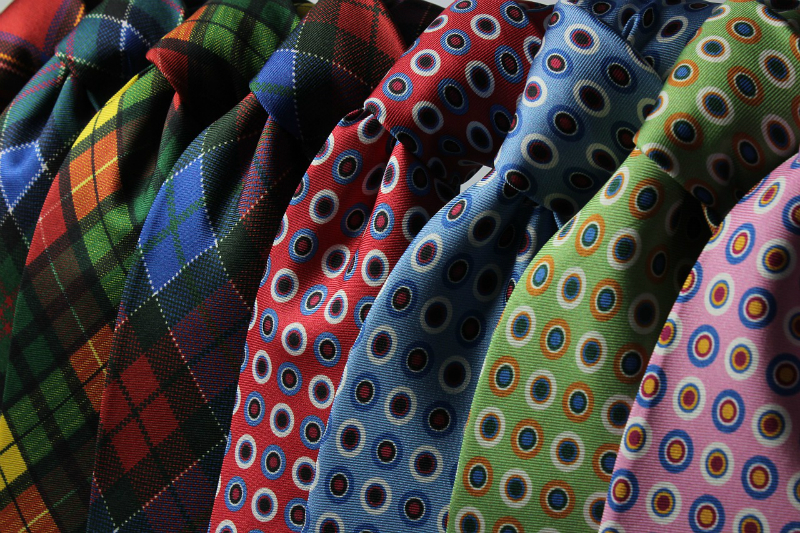I mentioned in a recent column that I recently got a job as the interim rabbi at a Toronto-area synagogue. It would of course be unprofessional and inappropriate for me to discuss the goings on in the shul. Everyone will just have to wait for my book to come out some day (every rabbi, it is known, has a literary masterpiece brewing inside of him). Suffice it to say for now that everything is going smoothly and the people are wonderful.
There is, however, a personal issue that I would like to discuss. Since starting in the position over two months ago, I have had to contend with the discomfort of wearing a tie seven days a week. There isn’t a dress code in my contract. Nor was anything ever said to me. However, it’s understood that the spiritual leader of this type of Orthodox shul attires himself in a more formal manner. It is a matter of kavod – being the dignified representative of Torah to the congregation and the greater community.
I once heard that the necktie had its origins as a kind of cloth napkin that was designed to protect the shirt. I was tempted to promise the shul’s powers-that-be that I would be careful about how I ate at Kiddush if I could forego wearing a tie, until I saw that they sometimes serve chicken wings, egg rolls and the like – foods that are a stain waiting to happen. In any event, that’s probably not the true origin of the necktie.
It’s not that I’m a total stranger to neckwear. I’ve always worn a tie during Shabbat services and meals, both Friday night and Shabbat day. However, the sudden 700 per cent increase has been, quite frankly, a pain in the neck (pardon the pun).
This is one area where the rabbi can’t expect any sympathy from the rebbetzin. Strictly Orthodox women have to deal with wearing wigs and tights. A thin piece of cloth around the neck is unlikely to arouse much compassion from them.
Of course, not all rabbis wear ties. The congregants in their shuls usually dress in a more casual manner. So, relative to the people they’re ministering to, the rabbis are still a notch above them in that regard. It’s similar to the change from a few decades ago, when top hats and morning coats were de rigueur in many synagogues.
Some of these open-neck clergy are the type who ask people to call them by their first names. Personally, I have difficulty with such informality. I was raised by my parents and educators to address people who are older than me, or in a position of authority, by their surnames. I still recall that, when I was in Grade 3, Michael H. was given a dressing down by the teacher for calling the school caretaker Harry instead of Mr. Hunt.
There is, however, a positive side to ties. In the part of the Orthodox community where rabbis wear dark suits, white shirts and, for some, black hats, the necktie is the one piece of apparel that allows them to express their individuality. Rabbi Berel Wein, in his essay, “On Neckties,” reveals that, “I have received more compliments from my congregants about my ties than about my sermons.” Rabbi Wein is either being extremely modest, or has incredible taste, since he is an excellent, world-renowned orator.
READ: VALE: THE SUPER BOWL OF TALMUD STUDY
The most likely beginning of the tie is in the 17th century, during the Thirty Years’ War in France, when King Louis XIII hired Croatian mercenaries who wore a piece of cloth around their necks, as part of their uniforms. I guess I can overcome my own discomfort in order to be a good soldier, donning my uniform in the proud service of my congregation.
